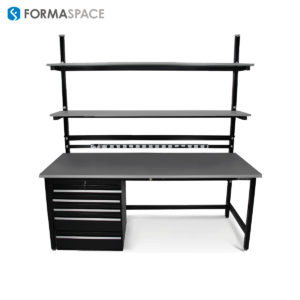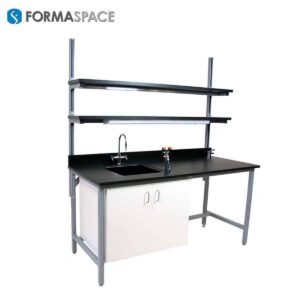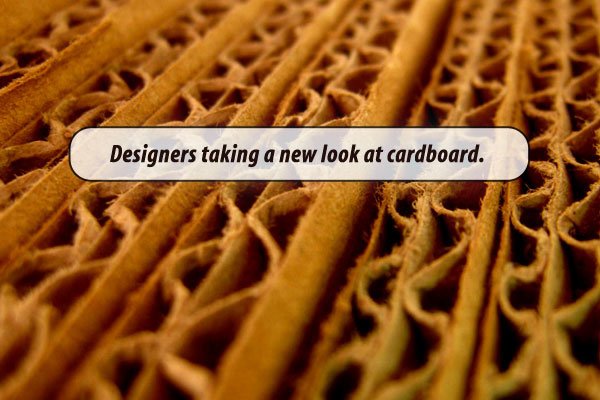
Last week we took a look at the high-tech world of advanced metal-forming and welding. But advanced metal alloys are not the only kid on the block. Designers are rediscovering corrugated cardboard, which started out as a material for making tall hats back in the 1850s. By 1871, corrugated cardboard was patented for use as a shipping material. And by 1890, the first pre-cut cardboard box was invented — for packaging fragile items like glass and pottery.
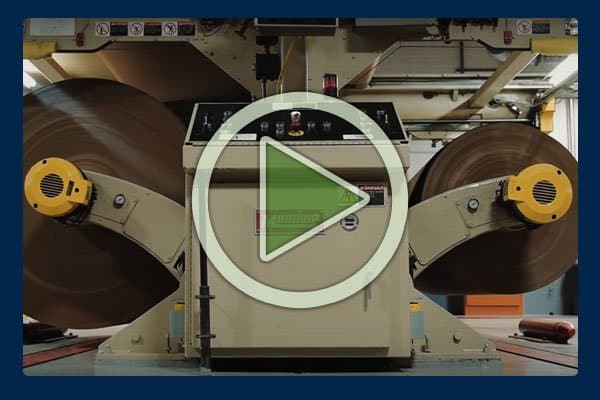
So What About the Possibility of Using Corrugated Cardboard Boxes for Building Furniture?
If you enjoy manufacturing as much as we do, you’ll be fascinated to watch this detailed video from the Georgia-Pacific company that explains all this steps needed to create pre-cut corrugated cardboard boxes. Interestingly, hardwoods are used for the corrugated internal structure — to give the cardboard strength, while softwoods like pine are used for the exterior sheeting — to give it a smooth, fine appearance.
The design movement that we today call Mid-Century Modern kicked off lots of experimentation with different materials. Charles and Ray Eames were famous for their experiments in developing furniture designs crafted of bent plywood. In the early 1970s, Frank Gehry (who would become the Starchitect of buildings like Bilbao’s Guggenheim Art Museum) was creating furniture designs out of cardboard in a series he called “Easy Edges.” The philosophy of these corrugated cardboard designs was to promote low-cost furniture made of low-cost materials — ironically they have become expensive collector’s items, found in museums like the Museum of Modern Art and the Vitra Design Museum.
There are many possible reasons why most consumers don’t take corrugated cardboard furniture seriously. It’s generally seen as scrap material, destined for the recycling bin, not the dining room. While it’s strong when dry, wet cardboard falls apart, giving it an ephemeral reputation. And some products made of cardboard, like tar-impregnated sewer pipe, have become an infrastructure nightmare, further tarring (sorry for the pun) cardboard’s lowly reputation. Many also associate cardboard with children’s play toys.
And if you were born in Finland, there’s actually a good chance you started out life in a corrugated cardboard box! In a project that began in 1938, the Finnish government began providing free baby boxes containing all the necessary things for a new born — clothing, nappies, hats and gloves — all packaged in a large cardboard box, which doubles as a crib.
This program, which was initially targeted to reduce infant mortality among lower-income Finns, is now offered to all, and it has been credited in helping reduce infant mortality in the first year of life from a wartime high of nearly 90/1000 births to today’s low mortality rate of 3/1000 births. Private companies are now actively copying this Finnish governmental program and selling look-alike baby box kits abroad, so it’s possible that in time starting out life in a cardboard box will become an accepted practice around the world.
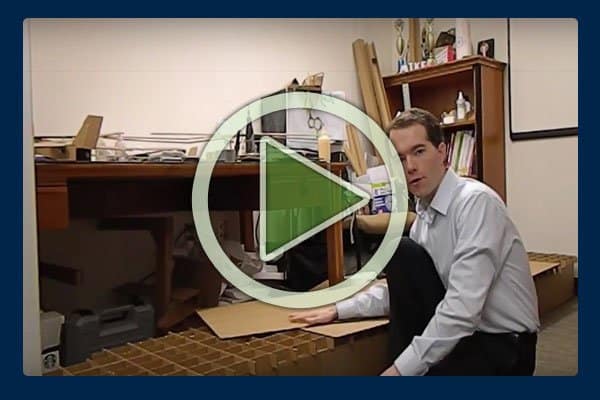
The nemesis of corrugated cardboard is moisture, so it seems implausible that it can be used as material to create small watercraft. But maybe this challenge is a key part of the attraction. Many design and engineering schools like MIT have competitions to build the cardboard boats — the water trials are quite entertaining to watch. In the video above, inventor Mike Thompson details the step-by-step construction of his boat, called the flash that was entered into the 6th annual Edmond Oklahoma Cardboard Boat Regatta earlier this year. Great fun!
Can Cardboard be Implemented into Fun Projects?
While designers back in the 1960s and 1970s used pencils drafting tables to make production drawings and slide rules to make calculations, today’s designers have the advantage of computer-aided design (CAD) tools to visualize new creations and calculate structural properties. Once such designer is Izhar Gafni, who took inspiration from a canoe built out of cardboard. His invention is a working bicycle made out of corrugated cardboard. Asked what he likes about his bicycle the most, Izhar responds emphatically: “It’s made out of cardboard!”
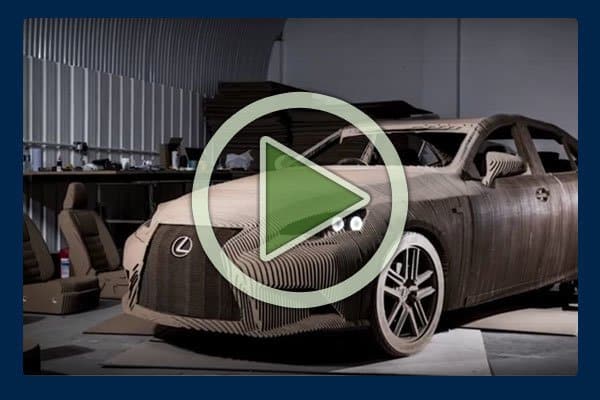
Upscale car manufacturer Lexus is not to be left out. This company is on a roll — so to speak — in capturing nearly every trend, from a prototype floating hoverboard to sensual material displays at furniture expositions. This time Lexus in the UK has come up with a full-scale, drive-able model of a cardboard car — even the wheels are cardboard — created with the help of computer-aided design tools.

It may shock you, but not everything you see on the Internet is real. Nonetheless we enjoyed watching this personal computer “created” out of a Kellogg’s Corn Flakes cardboard box (itself an icon in cardboard history.) Spoiler alert: it looks like the finished computer would boot up until the point that the electrical cord is plugged into a fake wall socket made out of cardboard.
And that brings us to the topic of virtual-reality. It’s indeed possible that cardboard will become forever associated with virtual-reality, for that’s the name that Google has given to its pre-cut, fold-up virtual-reality headset. The Google Cardboard headset looks kind of like a fake model of a Viewmaster from the 1960s. Instead of inserting a disk with stereo-graphic slides, you insert your smartphone into the slot. Like other design creations made out of cardboard, there may be a bit of an inside joke here.
Google’s social media rival Facebook acquired the virtual-reality company Oculus VR in 2014 for the princely sum of $2 billion ($400 million in cash, the balance in stock). The company’s Rift VR headset is available to developers now for around $350 at retail. Yet it costs only about four dollars to manufacture a Google Cardboard viewer. The New York Times has announced it will distribute over 1 million Google cardboard devices to its print subscription readers. The future may yet belong to cardboard.
Formaspace is Looking to the Future and Leaving Cardboard to the Other Guys
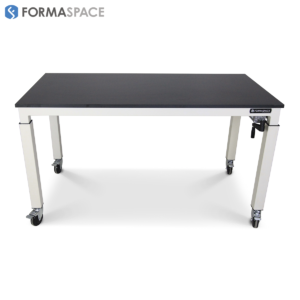
We invite you to join the roster of satisfied Formaspace technical, manufacturing and laboratory furniture clients — including Apple Computer, Boeing, Dell, Eli Lilly, Exxon Mobile, Ford, General Electric, Intel, Lockheed Martin, Medtronic, NASA, Novartis, Stanford University, Toyota and more.
Give us a call today at 800.251.1505 to find out more about the Formaspace line of built-to-order computer workstations, industrial workbenches, laboratory furniture, lab benches and dry lab/wet labs — as well as our design / furniture consulting services.
We’ve just launched our fifth generation of workbenches– Formaspace 5.0. Now you can get our top-quality, made-in-America workbenches starting at $450 — we build it just for you in just 5 days here in our factory headquarters in Austin, Texas. Like all Formaspace furniture, it’s backed by our famous 12 year, three shift guarantee.





